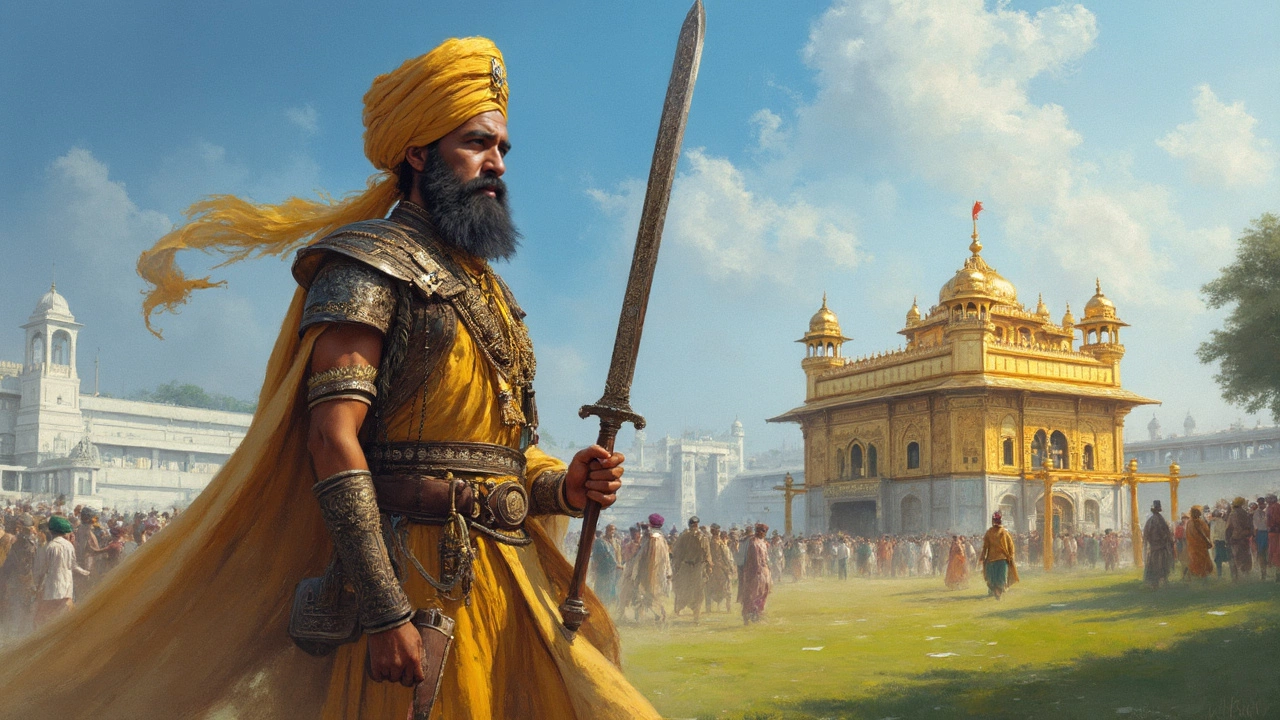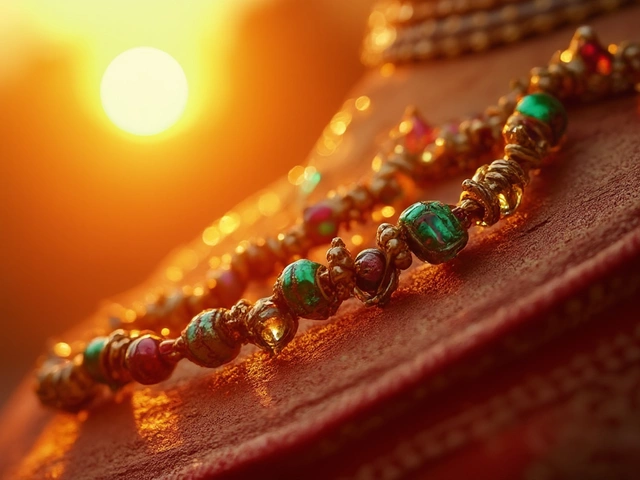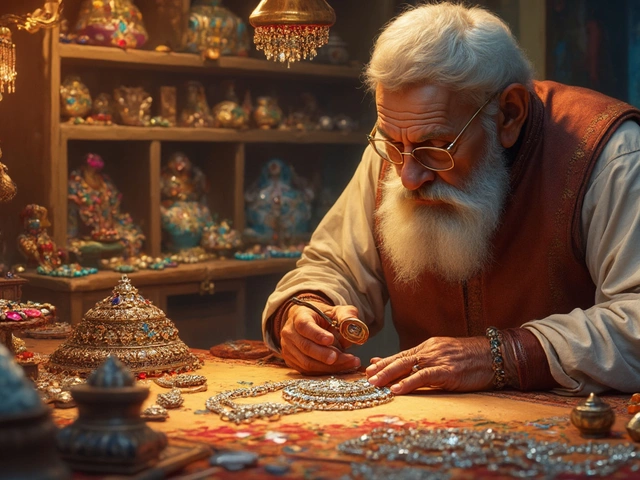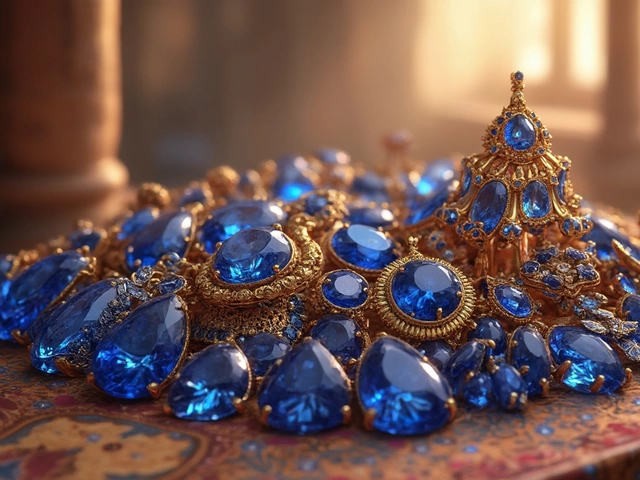Sikh History and Its Impact on Indian Jewelry
If you love jewelry, you’ve probably noticed designs that look different from regular Indian pieces. Many of those details come from Sikh history – a story of faith, bravery, and art that still shows up in gold, silver, and gemstone work today.
Understanding a bit of Sikh history helps you pick pieces that mean more than just sparkle. It also lets you talk about the culture with confidence when you wear or shop for something special.
Key Moments in Sikh History
The Sikh faith started in the late 1400s when Guru Nanak shared a new way of life. Over the next two centuries, ten Gurus guided the community, building a strong identity based on equality and courage. The 17th‑century wars with the Mughal empire forced Sikhs to wear a distinct steel bracelet – the kara – as a sign of devotion and strength.
When Maharaja Ranjit Singh founded the Sikh Empire in 1799, Punjab became a hub for art and trade. He invited Persian, Afghan, and local craftsmen to work on palaces, weapons, and jewelry. The result was a blend of bold Sikh symbols with intricate Mughal patterns.
After the empire fell, British rule introduced new market demands. Sikh jewelers adapted, adding Western motifs while keeping traditional elements like the khanda (double‑sword emblem) and the turban ornament known as pagri bandh. Those designs survive in today’s wedding sets and everyday accessories.
Sikh Influence on Jewelry Designs
Look for three common signs of Sikh heritage in jewelry:
- Khanda symbols: The double‑sword and circular chakram appear on pendants, rings, and earrings.
- Kara bracelets: Simple steel or gold bands, often engraved with verses from the Guru Granth Sahib.
- Punjabi motifs: Peacock feathers, lotus flowers, and geometric patterns that echo Sikh temple art.
When you shop, check the hallmark or stamp. Authentic pieces often have the BIS logo plus a maker’s mark that indicates a Sikh‑run workshop. If the design feels too generic, ask the seller about the inspiration – a genuine Sikh piece will have a story behind it.
Choosing a Sikh‑inspired item can also be a way to honor the culture. Pair a khanda pendant with a plain kurta for a subtle look, or layer a steel kara with gold bangles for a bold mix. The key is to keep the balance – let the symbol stand out without overloading the outfit.
Finally, remember that Sikh jewelry isn’t just about looks. It carries values of honesty, bravery, and equality. Wearing it can be a daily reminder of those ideals, whether you’re at work, a wedding, or a casual gathering.
Next time you browse a collection, spot the khanda or the simple steel bracelet and think about the centuries of history behind it. That connection turns a beautiful accessory into a piece of living heritage.
The Kirpan: A Symbol of Sikh Faith and its Rich History
The Kirpan is more than just a small sword or dagger; it is a symbol of bravery, justice, and truth in Sikhism. This article explores its historical roots, cultural significance, and the reasons why it continues to hold a place of reverence today. By understanding the Kirpan, one delves deeper into the core values of the Sikh faith and its call for justice and righteousness.





